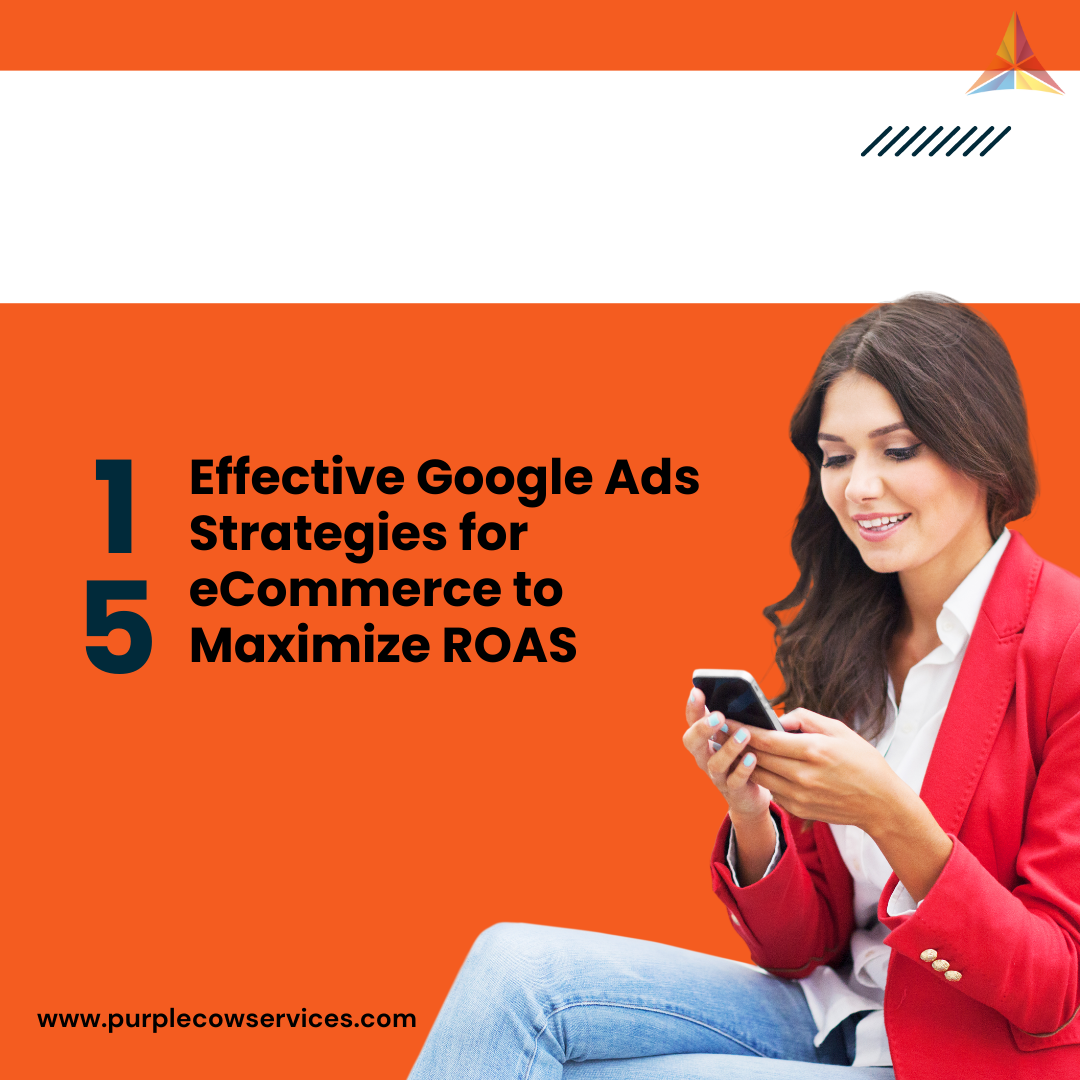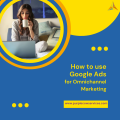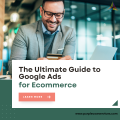That’s where Google Ads Strategies for eCommerce comes in, providing businesses with a powerful platform to reach their audience and drive sales.
But simply launching a Google Ads campaign isn’t enough to maximize your return on ad spend (ROAS). To truly maximize your ROI, you need to implement effective strategies that are tailored to your eCommerce business. In this blog, we’ll discuss 15 Google Ads eCommerce strategies that can help you increase your ROAS, optimize your campaigns, and ultimately, drive more sales for your business. From targeting the right keywords to leveraging dynamic ads, we’ll cover everything you need to know to succeed in the world of eCommerce with Google Ads. So let’s dive in and explore the strategies that can take your eCommerce business to new heights!
Focus on high-intent keywords
The first step in any successful Google Ads campaign is to target high-intent keywords. These are keywords that indicate a strong likelihood of purchase, such as “buy”, “shop”, or “order”. By focusing on these keywords, you can ensure that your ads are being shown to users who are actively searching for products or services like yours.
Use negative keywords
In addition to targeting high-intent keywords, it’s also important to use negative keywords to exclude irrelevant searches. For example, if you’re selling high-end luxury watches, you may want to exclude searches for “cheap watches” or “casual watches” to ensure that your ads are only being shown to users who are interested in high-end products.
Leverage ad extensions
Your landing pages are where users are directed after clicking on your ad, and they play a crucial role in converting clicks into sales. Moreover, make sure to optimize your landing pages for conversion, with clear calls-to-action, relevant information, and a user-friendly design.
Optimize ad copy
Your ad copy is one of the most important elements of your Google Ads campaign. It’s the first thing users see when they come across your ad, and it needs to be compelling enough to convince them to click through to your website. Make sure your ad copy is concise, persuasive, and highlights the unique selling points of your products too.
Test different ad formats
Including text, display, and shopping ads, Google Ads offers a variety of ad formats. By testing different formats, you can determine which ones perform best for your business and target audience. For example, if you’re selling clothing, you may find that display ads featuring high-quality images perform better than text ads.
Utilize remarketing
Remarketing is a highly effective technique that is equally vital for generating more sales and maximizing your ROI. By showing ads to users who have already expressed interest in your products, you can increase the likelihood of a conversion. For example, you may want to show ads to users who have abandoned their cart or visited your website but didn’t make a purchase.
Use dynamic ads
Dynamic ads allow you to automatically generate ads based on user behavior and preferences. For example, if a user has previously viewed a specific product on your website, a dynamic ad can show them that product in an ad. By personalizing ads to individual users, you can increase the relevance and effectiveness of your ads.
Optimize landing pages
Your landing pages are where users are directed after clicking on your ad, and they play a crucial role in converting clicks into sales. Moreover, make sure to o for conversion, with clear calls-to-action, relevant information, and a user-friendly design.
Monitor and adjust bids
Importantly, your bids determine how much you’re willing to pay for each click on your ad. To maximize your ROAS, it’s important to monitor and adjust your bids based on performance. If certain keywords or ad groups are performing well, consider increasing your bids to increase visibility and conversions.
Segment your audience
Segmenting your audience allows you to target specific groups of use with tailored messaging and offers. For example, you may want to create different ads and landing pages for users who have previously purchased from your website versus users who are new to your brand. In fact, by tailoring your messaging to specific audiences, you can increase the relevance and effectiveness of your ads.
Use ad scheduling
Ad scheduling allows you to specify when your ads should be shown, based on the day and time of day. By analyzing your conversion data, you can determine the optimal times to show your ads and adjust your ad scheduling accordingly. For example, if you sell coffee, you may want to show ads during the morning hours when users are most likely to be searching for coffee-related products.
Utilize geographic targeting
Geographic targeting allows you to target users in specific locations, such as cities, states, or countries. By targeting users in areas where your products are popular, you can increase the relevance and effectiveness of your ads. For example, if you sell surfing gear, you may want to target users in coastal areas where surfing is popular.
Monitor and adjust ad frequency
Ad frequency refers to how often your ads are being shown to users. It’s important to show your ads frequently enough to remain top-of-mind. But showing them too often can lead to ad fatigue and decreased effectiveness. Monitor your ad frequency and adjust your targeting and ad scheduling periodically to ensure that your ads are being shown at the optimal frequency.
Use conversion tracking
Conversion tracking allows you to track how many users are completing a desired action on your website, such as making a purchase or filling out a lead form. By tracking conversions, you can determine which ads and keywords are driving the most conversions. Hence, adjust your campaign accordingly to maximize your ROI.
Continuously optimize your campaigns
Finally, it’s important to continuously optimize your Google Ads campaigns to ensure that you’re getting the best possible results. Analyze your data regularly, test different strategies, and make adjustments as needed to maximize your ROAS and drive more sales.
In conclusion, Google Ads can be powerful for eCommerce businesses looking to drive sales and maximize their ROAS. By implementing these strategies, you can optimize your campaigns and stand out in the competitive world of eCommerce. From targeting high-intent keywords to using conversion tracking, these strategies will help you drive more sales and grow your business. So don’t wait – start implementing these strategies today and see the results for yourself!
At PCIS, we provide expert assistance for Google Ads. Our extensive knowledge and expertise in developing effective strategies can significantly elevate your business to achieve new levels of success.














